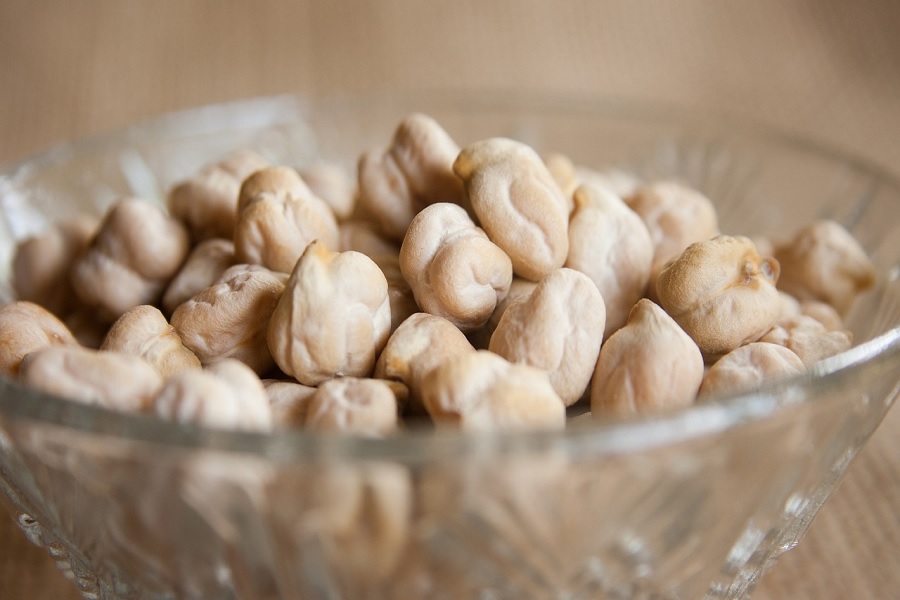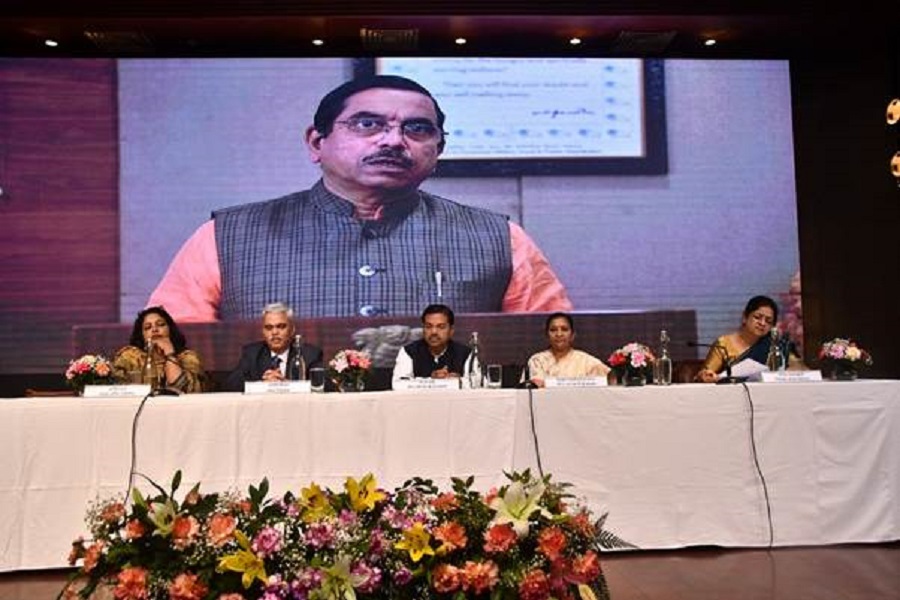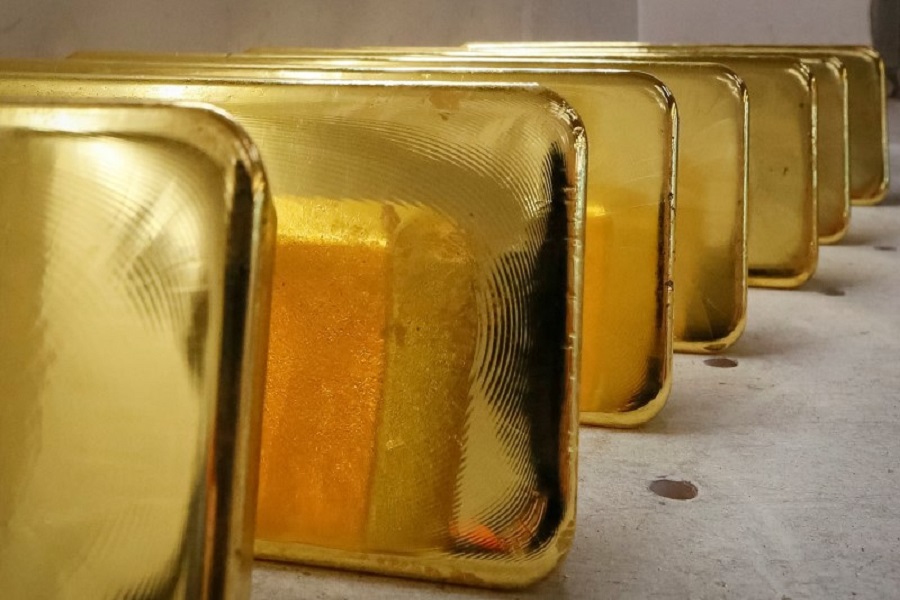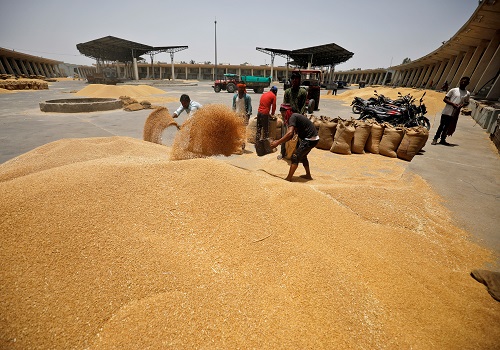Chana Prices Plunge as Australian Imports and Sowing Begin by Amit Gupta, Kedia Advisory

Chana (desi chickpea) prices have sharply declined as imports from Australia ramp up and sowing in India begins. Australian chana, harvested in bumper quantities and of high quality, has reached Indian markets through major trading firms, resulting in price corrections. Chana prices, which had soared above Rs.8,000 per quintal in early September, have now fallen to around Rs.7,200. Additional supplies from Tanzania and yellow peas imports further pressure prices. Though the government recently removed a 66% import duty to increase availability, the upcoming rabi crop’s slower sowing pace due to high soil moisture remains uncertain. Market watchers anticipate price fluctuations as supply increases in the coming months.
Key Highlights
* Chana prices drop sharply due to rising Australian imports.
* Prices in North India correct over 10% from September highs.
* Australian and African chana trades near Rs.7,200 per quintal.
* Government removed 66% import duty to ease chana prices.
* Sowing lags slightly but larger arrivals expected by December.
Chana prices have entered a corrective phase, declining sharply over recent weeks due to increased imports and the start of domestic sowing. Following a period of high prices peaking above Rs.8,000 per quintal in North Indian markets in September, prices have now eased to around Rs.7,200 in Delhi and Mumbai. This drop is largely driven by the bumper Australian chana harvest, which major trading corporations like Grain Corp and Viterra have begun exporting to India. As the crop arrives at competitive rates of Rs.7,200-7,300 per quintal, Tanzania-origin chana has also added to the supply at slightly lower prices around Rs.6,500-6,600.
The price corrections align with the government’s decision to eliminate a 66% import duty, aiming to boost chana supplies amid high demand. India also saw imports from Africa, with Australian shipments expected to continue through the remainder of the year. These developments have intensified price pressure, especially after the festive season. Industry insiders indicate that forward trading on Australian chana is active, as its quality is among the best in recent years, further attracting demand in India’s key markets.
Meanwhile, sowing has started across India’s chana-growing regions, albeit slower due to high soil moisture levels from extended rains. Although planting pace currently lags behind last year, the overall outlook remains cautiously optimistic, with larger arrivals anticipated from late November through December.
Finally
Ample imports and domestic sowing may keep chana prices under pressure, though the slower sowing pace could temper future declines.
Above views are of the author and not of the website kindly read disclaimer





















